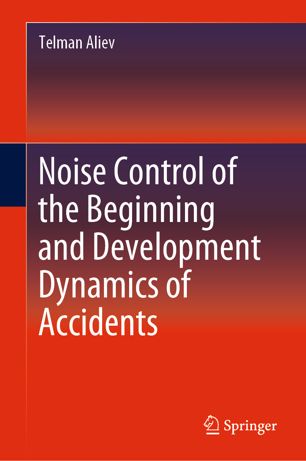

Most ebook files are in PDF format, so you can easily read them using various software such as Foxit Reader or directly on the Google Chrome browser.
Some ebook files are released by publishers in other formats such as .awz, .mobi, .epub, .fb2, etc. You may need to install specific software to read these formats on mobile/PC, such as Calibre.
Please read the tutorial at this link: https://ebookbell.com/faq
We offer FREE conversion to the popular formats you request; however, this may take some time. Therefore, right after payment, please email us, and we will try to provide the service as quickly as possible.
For some exceptional file formats or broken links (if any), please refrain from opening any disputes. Instead, email us first, and we will try to assist within a maximum of 6 hours.
EbookBell Team

4.1
60 reviewsThis book examines noise-monitoring technologies and tools for registering the threshold of development of the latent period of the transition of a facility or product into an emergency state and controlling the dynamics of this development. It also describes how the use of noise technology can improve the accuracy of the results of traditional methods employed in the analysis of noisy signals. Dr. Aliev analyzes the varieties and stages of the generation and development of defects preceding accidents of technical facilities and devices.
He shows that registration of the beginning of the latent period in the transition to an emergency state, based on the results of traditional data analysis technologies used in monitoring systems, is sometimes belated due to the impossibility of analyzing the noise correlated with the useful signal.
The volume further includes algorithms and technologies for computing estimates of correlation functions, spectral characteristics, and other characteristics of noise.
Aimed at professionals and students from a range of fields, including facility and product design engineering, computer science, computational mathematics, control and management systems, geophysics, construction, energy, and medicine, the book provides numerous examples of noise-control intelligent systems. These include implementations at oil and gas production facilities, drilling rigs, and offshore fixed platforms, as well as within transportation, aviation, power engineering, seismology and medicine.